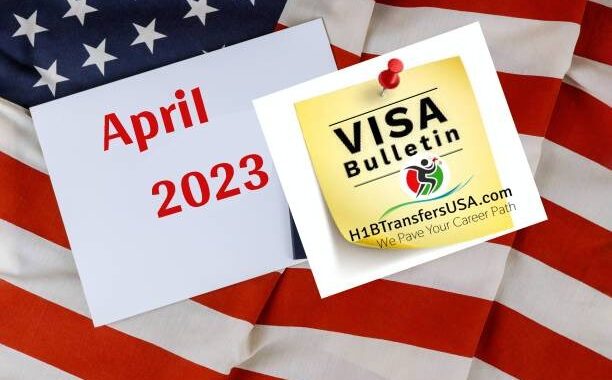As H-1B employees return to their workplace, compliance obligations arise
3 min read
Several offices in the US are opening their ways for employees once again – this includes the H-1B workforce. In the backdrop of the pandemic when work from home was enforced. American employers who had employed H-1B workers needed to agree with different requirements.
TOI had reported that this frequently implied a change of their H-1B petitions. No such necessity emerged, only if the employees who were working from home did as such within commuting distance of their workplace – this generally was not the case.
Presently as employees (including those for H-1B visas) are being invited into work premises. Once again sponsoring employers should guarantee that they remain in compliance with the Labor Condition Application requirements. And they need to check whether an H-1B amendment is warranted, says Snehal Batra, managing lawyer with NPZ Law Group.
Ashwin Sharma, a Florida-based immigration lawyer explains to TOI. “In general, if the sponsoring employer previously got a certified LCA for the physical workforce at which the H-1B worker is continuing work. Or if the past LCA already included the Metropolitan Statistical Area (MSA) covering the H-1B worker’s home job site. Then the H-1B worker’s resumption of employment at the physical workspace would be quite straightforward.”
In such cases, the H-1B worker could successfully resume such employment with minimal to no effort on the part of the H-1B sponsoring employer, adds Sharma.
Batra points out that despite the Covid-19 pandemic, the USCIS didn’t revise the LCA compliance requirements. When there is a material change in the H-1B employment, a new LCA is needed to be filed. Requiring the filing of an amendment to the H-1B application. The sponsoring employer is needed to make verifications like those relating to wages, working conditions, terms of employment, place of employment, to name a few.
H-1B employees return to their workplace, compliance obligations arise
A material change includes a change for the worksite area. A huge change in work obligations or a change in occupational classification. Or a decrease in hours from full-time to part-time or a decrease in salary, states Batra.
Rajiv S Khanna, managing lawyer at Immigration.com says. “H-1B regulations require that whenever there is a ‘substantial change’ in the job, a formal amendment should be filed with the USCIS. Any movement of an employee farther than roughly 50 miles is included within the definition of substantial change. Unfortunately, an amendment takes precisely the same amount of paperwork as a new H1B or a change of employer does. Further, an amendment is treated by the USCIS as an invitation to examine the already decided case anew. This adds to the uncertainty of the result and creates an extra burden on the employers who are now battling with the pandemic’s economic impacts.”
Sharma alerts that if another LCA is needed to allow the H-1B worker to a new physical workspace. Then the sponsoring employer should guarantee that the new LCA along with the revised H-1B petition. It is timely filed with the USCIS before the effective date of any physical worksite change.
[PM Modi raises the issue of H-1B visas during the first-ever meeting with Joe Biden]
When the pandemic hit, for those situations where customers expected to file a new LCA. We listed all possible anticipated work locations. So that employers would not be needed to file a second LCA and H-1B amendment when employees got back to work, says Batra.
Immigration lawyers point out that in addition to a change in the area, changes like responsibilities of the employees, promotions, change in salaries, will also need to be examined, so see whether an amended H-1B petition is required.






